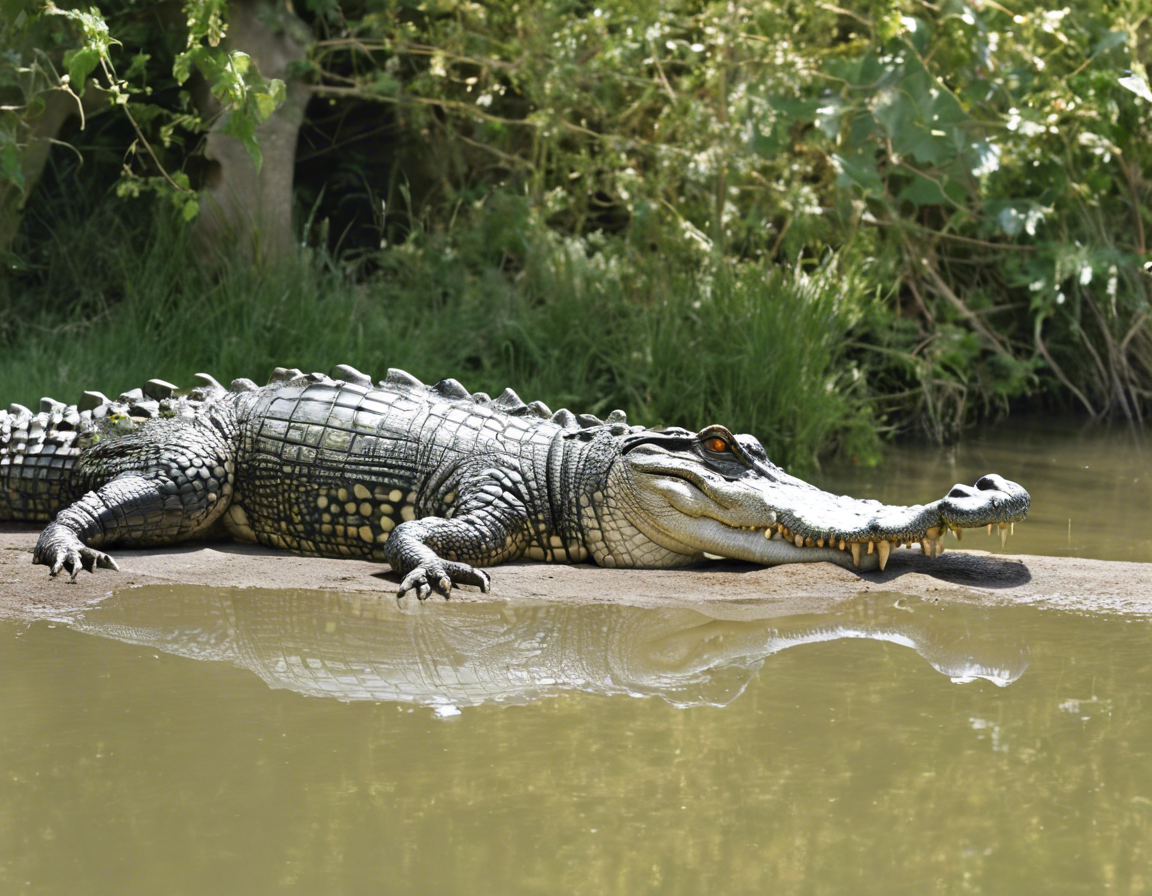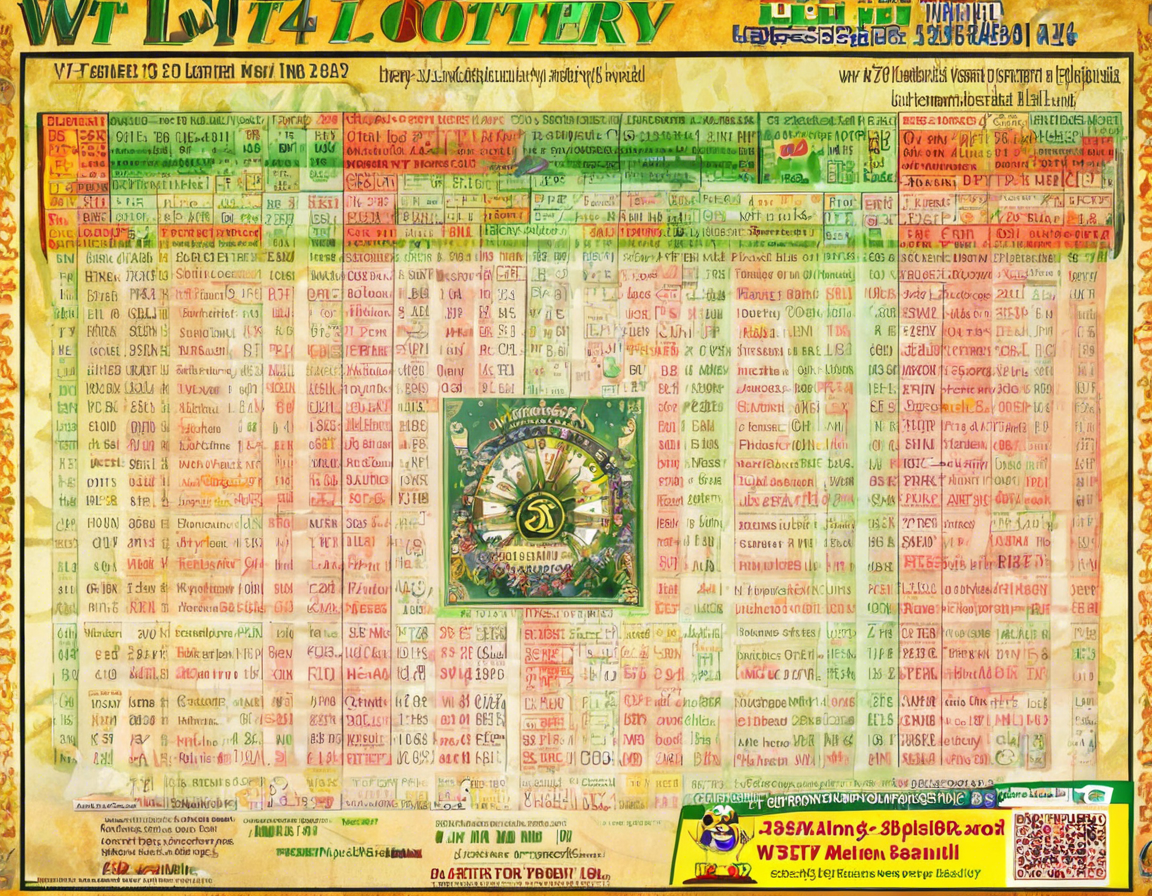Nestled in the heart of Buckinghamshire, lies a quaint village with a hidden gem that has been captivating locals and visitors alike – the Crocodile. This unique attraction has become a must-see destination, drawing curious individuals from far and wide to marvel at its mysterious presence.
Uncovering the History of the Crocodile
The story of the Crocodile in the Buckinghamshire village is shrouded in mystery and folklore. Legend has it that the Crocodile was brought to the village by a wealthy aristocrat who had a fascination with exotic wildlife. Others believe that the Crocodile may have escaped from a passing circus many years ago and found its way to the village pond, where it has resided ever since.
The Intriguing Features of the Crocodile
Standing at an impressive 7 feet long and with scales that glisten in the sun, the Crocodile is a sight to behold. Its impressive jawline and razor-sharp teeth add to its intimidating presence, while its eyes seem to follow you as you move around the pond.
The Local Fascination with the Crocodile
The Crocodile has become an integral part of village life, with residents sharing stories and legends about its origins and habits. Children are often seen feeding the Crocodile with fish and bread, while adults marvel at its sheer size and mysterious allure.
The Crocodile’s Impact on Tourism
In recent years, the Crocodile has gained attention on social media and in travel blogs, attracting visitors who are eager to catch a glimpse of this rare phenomenon. Local businesses have also capitalized on the Crocodile’s popularity by offering guided tours and merchandise featuring its iconic image.
Conservation Efforts
As the Crocodile continues to garner interest and recognition, conservation efforts have been put in place to ensure its safety and well-being. Local wildlife experts regularly monitor the Crocodile’s health and behavior, while measures are taken to preserve its natural habitat and protect it from harm.
The Future of the Crocodile
The future of the Crocodile in the Buckinghamshire village remains uncertain, with discussions underway on how best to balance its preservation with the needs of the local community. One thing is for certain – the Crocodile will continue to hold a special place in the hearts of those who have been enchanted by its presence.
Frequently Asked Questions (FAQs)
- Is the Crocodile real?
-
Yes, the Crocodile in the Buckinghamshire village is indeed real and has been a part of the local community for many years.
-
Is it safe to visit the Crocodile?
-
The Crocodile is usually docile and poses no threat to visitors. It is advised to maintain a safe distance and not to disturb its natural habitat.
-
Can visitors feed the Crocodile?
-
While it is not encouraged to feed the Crocodile, some locals and visitors do so with caution. It is important to be mindful of the Crocodile’s diet and natural behavior.
-
What measures are in place to protect the Crocodile?
-
Local authorities and wildlife experts work together to monitor the Crocodile’s well-being and ensure its safety. Signs are posted around the area to remind visitors to respect the Crocodile and its habitat.
-
How can I support the conservation efforts for the Crocodile?
-
Visitors can support the conservation efforts for the Crocodile by raising awareness, following guidelines set by local authorities, and donating to organizations dedicated to wildlife preservation.
-
Are there any guided tours available to learn more about the Crocodile?
- Yes, local tour operators offer guided tours that provide insight into the history and significance of the Crocodile in the Buckinghamshire village. These tours are educational and informative for visitors of all ages.
In conclusion, the Crocodile in the Buckinghamshire village serves as a reminder of the wonders of nature and the importance of coexisting with wildlife. Its allure and mystery continue to captivate all who encounter it, making it a cherished symbol of the local community and a testament to the beauty of the natural world.



